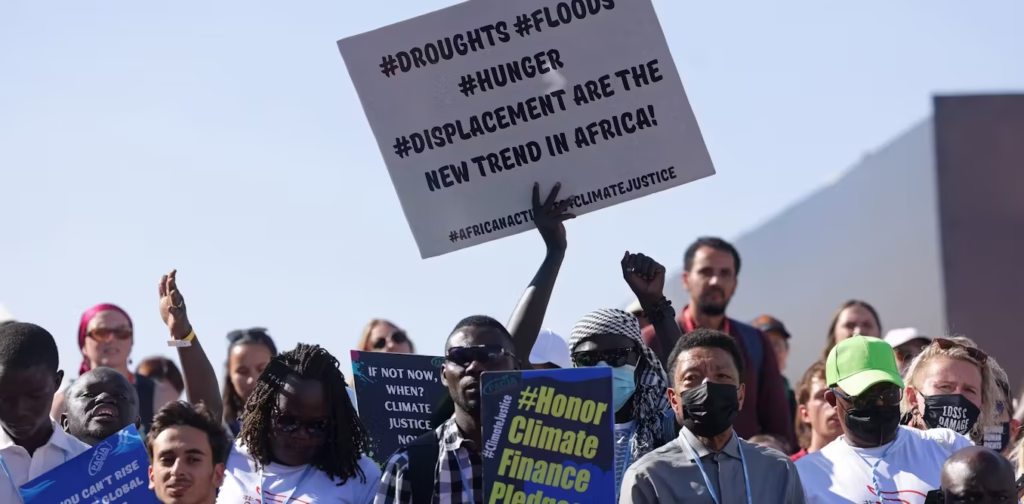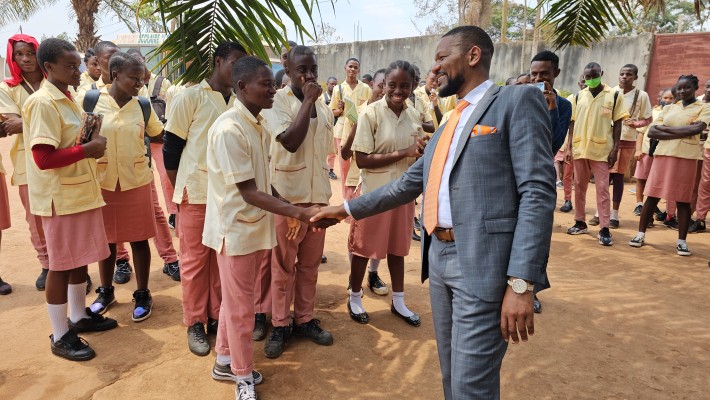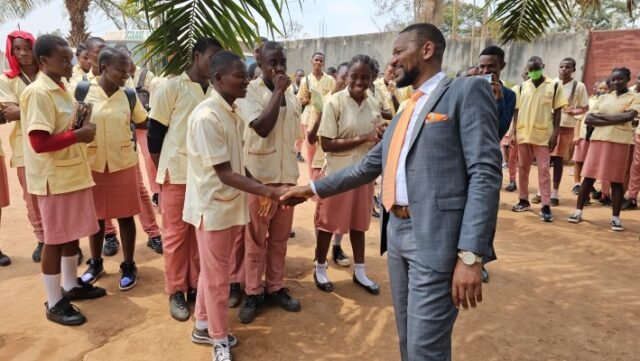Africa stands squarely in the eye of the climate storm. From prolonged droughts in the Sahel to devastating floods across East Africa, the continent bears the brunt of global warming. Yet in the strategy to combat these shocks, one decisive component remains underplayed: climate education. Without arming our people—especially the youth—with climate knowledge, the future of Africa risks walking into the unknown unprepared.
Recent research highlights this gap. In a continent-wide assessment across 33 African countries, climate literacy rates range from a mere 23% to a more hopeful 66%—a startlingly low bar compared to global averages. Furthermore, education levels dramatically influence one’s likelihood of understanding climate change: secondary school graduates are 19% more likely to be climate-literate than those without formal schooling; university degree holders, a full 36% more likely.
These figures spotlight a critical disconnect—education and awareness are the linchpins of effective climate adaptation and resilience. Yet too many Africans remain unaware of climate science, its causes, and the steps they can take to adapt or mitigate. In many cases, the most vulnerable populations—rural dwellers, women, those with limited access to formal schooling—are the least informed, even though they stand to suffer the most.
To avoid Africa becoming the victim of climate neglect, we must reverse this trend through deliberate, inclusive, and well-resourced climate education.

Table of Contents
Closing the Knowledge Divide—Education as Adaptive Power
Education is more than textbooks and tests—it is the gateway to informed decisions and empowered communities. In Africa, the importance of education as a climate adaptation strategy cannot be overstated.
The Global Centre on Adaptation emphasises that education is both severely impacted by climate change and vital for building capacity to adapt. Disrupted schooling, damaged infrastructure, and pressure on families during crises all undermine education, amplifying vulnerability. Yet equipping people—especially youth—with education transforms them into agents of change, not just victims.
Take Nigeria, for example: within the same country, climate literacy varies dramatically at regional levels—from as high as 71% in some states to as low as 5% elsewhere—revealing stark educational and knowledge disparities tied to geography and access.
Moreover, climate anomalies during early childhood—such as prolonged heat or heavy rainfall—have been linked to lower primary school completion rates. One study found that every extra month of unusual rainfall reduces a child’s chance of finishing primary school by 0.8%, and drought exposure can lower it further by over 10%.
Education is not merely a response but also a shield. For children of better-educated mothers, the adverse impact of climate anomalies on schooling diminishes drastically—from 6% down to 1.8% per month of exposure.
These insights highlight how education—especially when accessible to women and rural communities—serves as a bulwark against climate shocks, leading to better outcomes and greater resilience.

Beyond Classroom Walls—Inclusive, Contextual, Action-Oriented Climate Learning
Climate education must go beyond standard curricula; it needs to be inclusive, culturally rooted, and actionable.
In West Africa and the Sahel, the COP-28 and UNESCO-backed Greening Education Partnership have emphasised climate-sensitive education across all levels—from early childhood to adult learning, and informal to formal systems. This includes integrating local knowledge, child-centred principles, and climate-responsive curricula.
Yet, context remains critical. Much of Africa’s current climate education is rooted in Western frameworks, often failing to reflect Indigenous knowledge, cultural values, and unique local challenges. Africa needs climate education that understands our realities—education that’s decolonised, experiential, holistic, and relevant to local needs and strengths.
Some inspiring examples are already emerging:
- In Zambia, teen climate advocate Bridget Chanda works tirelessly to bring climate education to the deaf community through sign language, despite the absence of many climate terms in that language. Her pioneering work in sign-language climate instruction demonstrates the power of inclusion and adaptation.
- Around the continent, youth-led Climate Councils and challenges—such as the YouthADAPT initiative run by the Global Centre on Adaptation and supported by the African Development Bank—stimulate young innovators to develop climate solutions rooted in local environments and communities.
These initiatives illustrate how climate education can transcend textbooks, becoming a launchpad for innovation, equity, and community resilience.

Nourishing Africa’s Future—Towards a Climate-Educated, Resilient Continent
So, what would an education-led climate-resilient Africa look like?
First, climate learning must be mainstreamed across all levels—from primary schools to vocational and adult learning programmes—and embedded in healthcare, agriculture, infrastructure, and governance training. Public servants, educators, parents, and youth must all understand climate risk and response.
Second, education must be gender-transformative. Women and girls face disproportionate vulnerability, yet they often have lower access and climate literacy. Closing this gap through gender-inclusive outreach and programming transforms vulnerability into leadership potential.
Third, African governments, the African Union, and global partners must resource and scale climate education as a priority pillar within climate resilience strategies. Curricula must be adapted, infrastructure climate-proofed, and teacher training must include climate content and local knowledge integration.
Fourth, we must nurture and elevate youth climate leadership. Young people are already driving change—from sign-language climate instructors in Zambia to YouthADAPT innovators across the continent. Their creativity and drive are Africa’s hope for a climate-intelligent future.
In summary, climate education is not a luxury—it is a necessity. It’s the key to informed adaptation, reduced vulnerability, and sustained empowerment. In Nigeria, and throughout Africa, the future depends on our ability to educate, inspire, and mobilise citizens who understand that they hold climate action in their hands.
Join Our Social Media Channels:
WhatsApp: NaijaEyes
Facebook: NaijaEyes
Twitter: NaijaEyes
Instagram: NaijaEyes
TikTok: NaijaEyes
READ THE LATEST EDUCATION NEWS








































